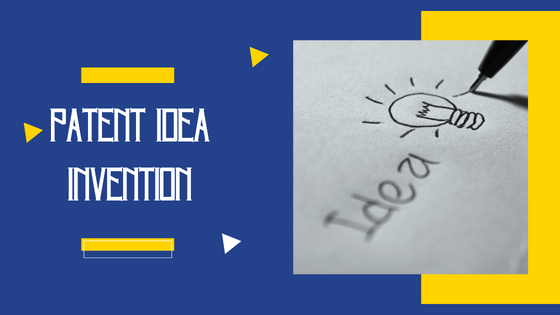
Capturing the moment of creativity’s bloom, invention ideas give rise to advancements that improve, enrich, and sometimes revolutionalize our lives. The journey from invention idea to a tangible product or process demands great dedication, but it also necessitates wise consideration of patenting – a crucial form of legal protection that turns these ideas into protected intellectual property. The process of taking an invention idea, channeling it into a concrete invention, and finally patenting it, is a compelling venture that combines creativity and legality, innovation and protection.
Cultivating Invention Ideas
Invention ideas are sparks ignited by inquiry, curiosity, and the willingness to challenge the status quo. They stem from the pursuit of betterment: enhanced efficiency, superior quality, groundbreaking solutions, or novel concepts that transform existing landscapes. These ideas carry forward the spirit of innovation, birthing technologies, products, and solutions that advance societies and economies.
However, the brilliance of an invention idea alone is seldom enough to sail the ship of innovation. The idea must undergo rigorous testing, development, and refinement — a process that takes investment of not only time and effort but also significant resources. And yet, the journey doesn’t stop at developing the product or the technology. The fruits of this labor demand protection.

The Pillar of Protection: Patenting
Patenting comes in as a legal cloak that guards the inventor’s rights to their unique ideas and the resultant inventions. A patent, granted by the governing bodies, provides the inventor with an exclusive right to control the manufacturing, selling, and utilization of their invention for a specified period; traditionally, this extends to 20 years.
Patenting transforms an invention idea from a mere thought into a valuable, protected asset. It certifies ownership, validating the inventor’s creativity and their contribution to technological progress. It defends the inventor’s rights to leverage their inventions commercially, enabling the recuperation of development costs, and potentially leading to profits.
Ensuring the robustness of patent protection is vital. This process involves intricate processes like doing a patent search, preparing elaborate patent applications, and successfully navigating the patent office’s examination. Each step requires a deep understanding of patent laws, meticulous attention to detail, and strategic foresight to define the scope of protection.
Guiding Through Complexity: Invention Assistance Companies
Given the complexity of these processes, inventors often find it beneficial to rely on the expert assistance of invention companies, such as InventHelp. These companies house professionals well-versed with the intricate patenting process, capable of providing end-to-end services right from patent searching and drafting applications to filing them and addressing the patent office’s queries.
Availing the help of such companies not only ensures the effectiveness of the patenting process, but it also lets inventors continue focusing on their core competency – creativity and innovation.
From Invention Ideas to Patents: A Journey of Stability
The course from the birth of an invention idea to the security of a patent is indeed a journey marked by determination, creativity and legal acuity. It transforms intangible thoughts into patented, real-world inventions that carry the potential to change lives. It solidifies the worth of ideas, recognizing and crediting the inventors’ prowess while providing them with rightful control over their innovation. Thus, every inventor – or aspirant – must cultivate their ideas and readily engage in the patenting process, preserving the essence of their creativity and greatly contributing to the canvas of global innovation.


